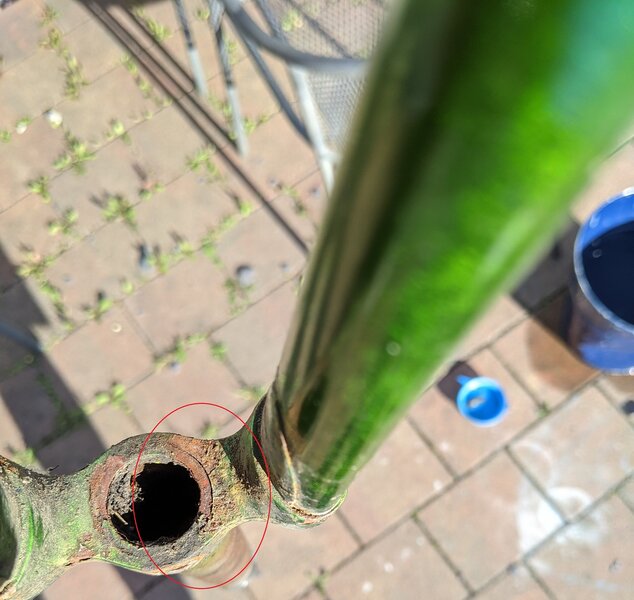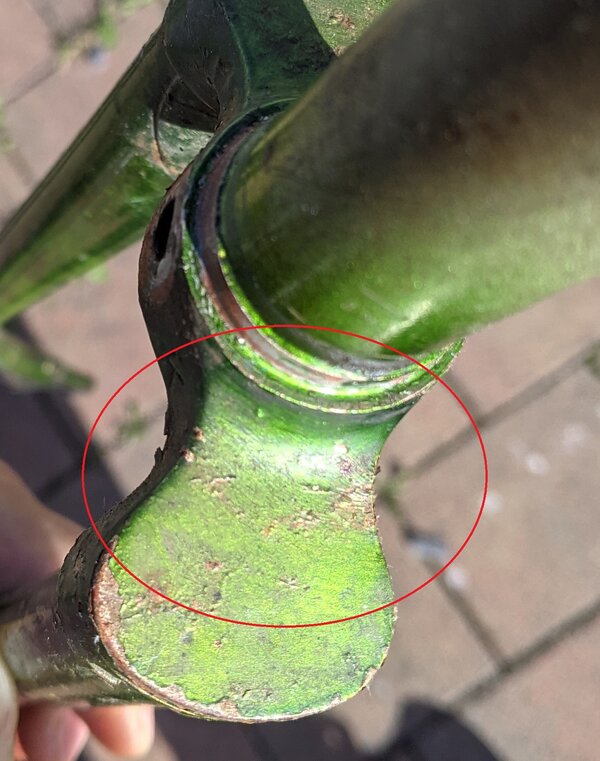Start with option one, start out with a used straight fork at first. Build it up using this alternate used fork. Use as much of your stash or used parts as you can find to see what has to be modified. After you figure out how to build it and all the components work together ride it. Work out bugs, ride it some more, until da bugs is gone. Then straighten the fork, ride it, work out bugs. If it works and you like it, upgrade to new parts. I would strip one of my road bikes for parts to try, then reassemble the donor after the bugs disappear. If you like it and it runs straight move to option two. Buy new parts. I did this with old used parts and it told me a lot about the frame, does it ride straight, no hands? Does the replacement fork sit inline with the frame? Does the fork spin freely without binding? Then I had a frame maker replace two tubes, brazed in the small part of the dents I couldn’t remove, put on new drops and did a track frame alignment. He also spread the frame. Check around for prices, the guy I used charged less for everything than a track alignment at some other frame makers shops. Go slow, but once you figure the frame is salvageable and you have your parts working and get the frame back, it should go fast. I would assemble it again after I get it back from the frame maker and ride it to make sure it’s okay. Then disassemble and send out for paint. Paint is expensive, my quotes for paint from bicycle frame painting shops were higher than the frame repair. I had it powder coated which cost $100 USD. Frame painting was around $600 here in the States. My vintage Triumph motorcycle tank paint job, in original colors and pin striping, cost $800.

